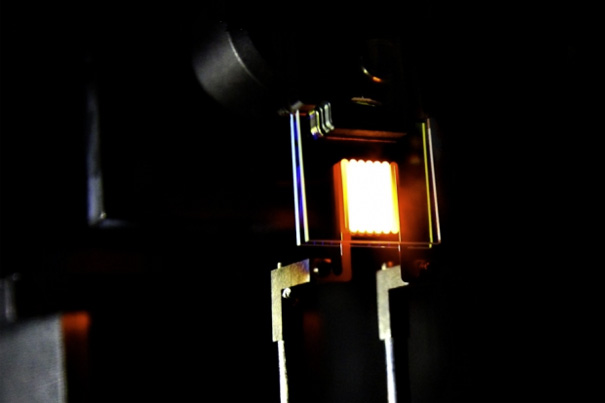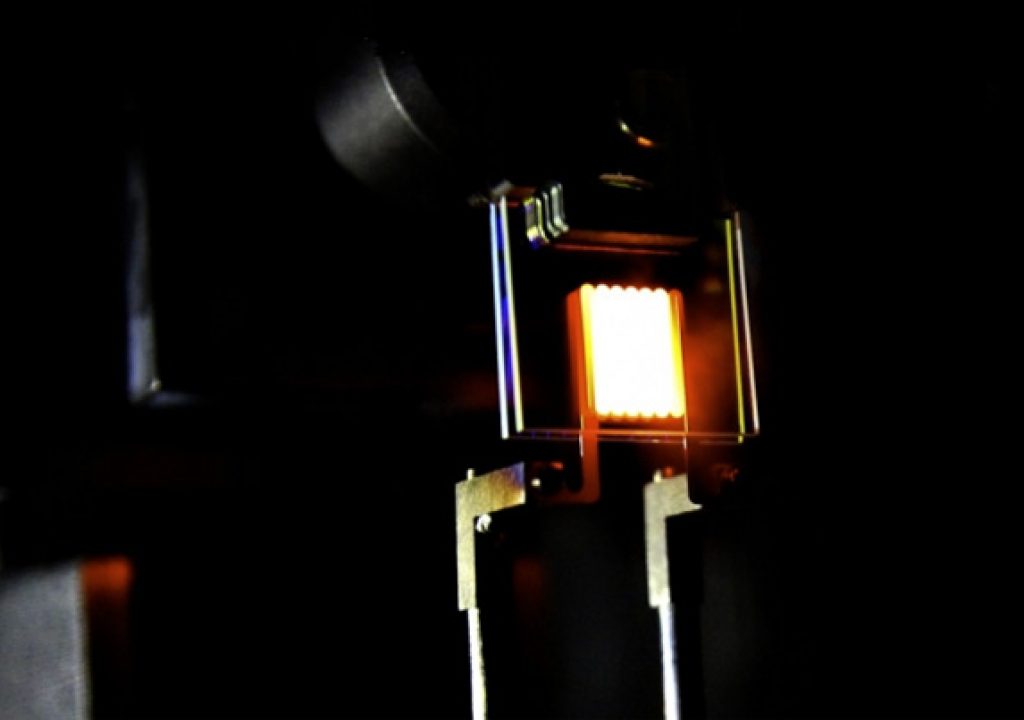
If you miss the warm colour of tungsten light on film sets, rejoice. Incandescent light may be coming back, on a mix of traditional light bulbs with 21st-century energy efficiency.
Research in technological areas is, sometimes, a baffling experience and one that changes values we take for granted. The old incandescent bulb created by Thomas Edison has been mostly phased out by international regulations, due to its inefficient technology. Now, when everybody talks about LEDs as the light of their lives, a group of researchers at MIT reveals they found a new process that may take the incandescent light to the top of the efficiency scale.
According to the study published in the journal Nature Nanotechnology by three MIT professors — Marin Soljačić, professor of physics; John Joannopoulos, the Francis Wright Davis Professor of physics; and Gang Chen, the Carl Richard Soderberg Professor in Power Engineering — as well as MIT principal research scientist Ivan Celanovic, postdoc Ognjen Ilic, and Purdue physics professor (and MIT alumnus) Peter Bermel PhD ’07, the incandescent light can reach efficiencies as high as 40 percent, whereas the luminous efficiency of conventional incandescent lights is between 2 and 3 percent. Actual LED lights offer a 5 to 20 percent efficiency, meaning incandescent can double that, according to the study.
We are not there yet, though. According to the researchers, “the first proof-of-concept units made by the team do not yet reach that level, achieving about 6.6 percent efficiency. But even that preliminary result matches the efficiency of some of today’s CFLs and LEDs, they point out. And it is already a threefold improvement over the efficiency of today’s incandescents.”
“The results are quite impressive, demonstrating luminosity and power efficiencies that rival those of conventional sources including fluorescent and LED bulbs,” says Alejandro Rodriguez, assistant professor of electrical engineering at Princeton University, who was not involved in this work. The findings, he says, “provide further evidence that application of novel photonic designs to old problems can lead to potentially new devices. I believe that this work will reinvigorate and set the stage for further studies of incandescence emitters, paving the way for the future design of commercially scalable structures.”
So there you have it. The incandescent light that since 1950 became the standard studio light in Hollywood may well be on its way back. With its exceptional ability to reproduce colours, add the researchers. Follow the link to read the whole article at MIT News.

